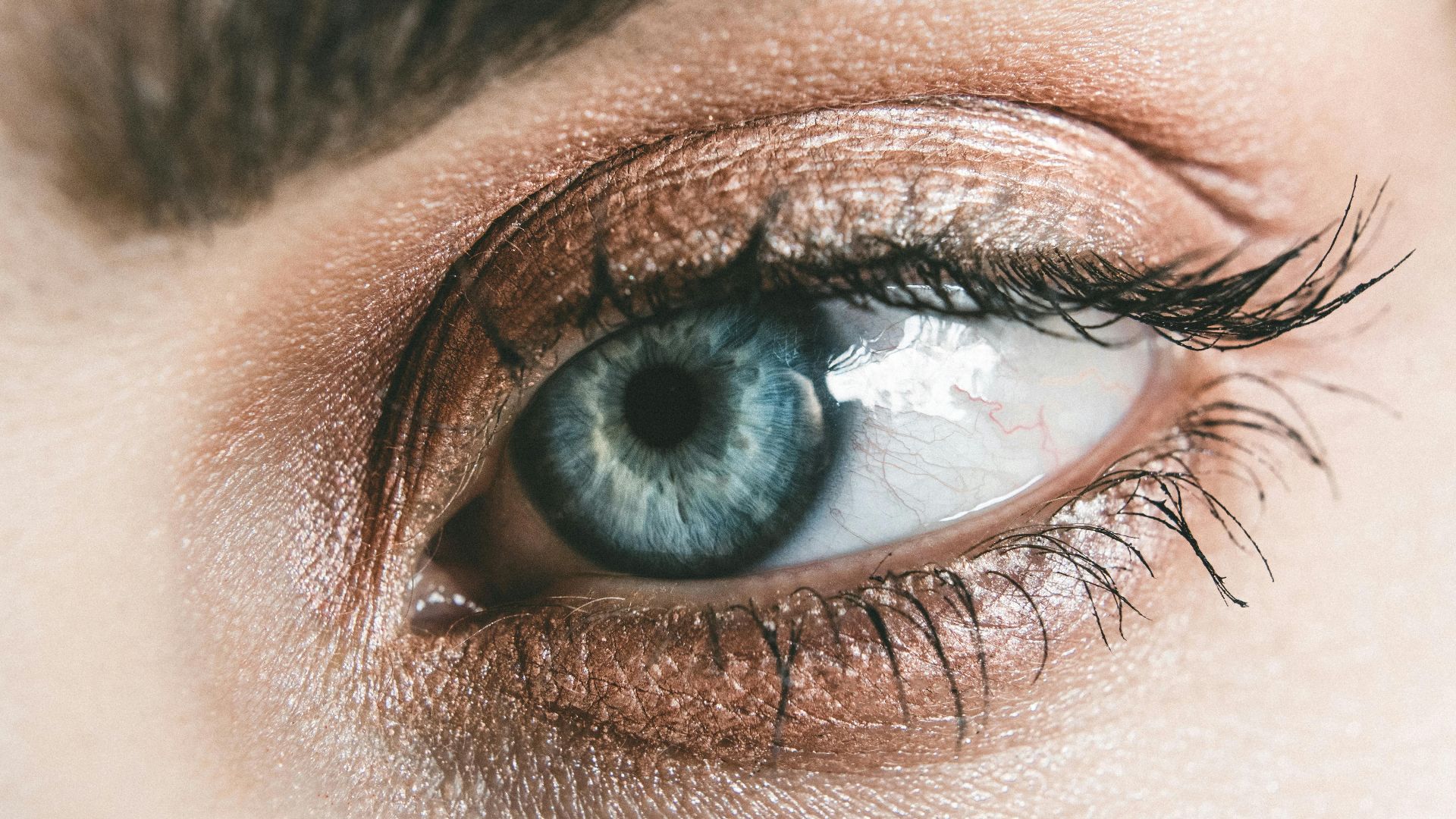Same Goal, Different Paths
The path to better mental health looks different for everyone. Some need support with anxiety, others want to build confidence, and many just want to feel more at ease in daily life. At the end of the day, no matter what your needs are we all want the same thing: a clean bill of (mental) health! Different therapeutic techniques offer specific perspectives for improving mental health, so let's look at 10 of the most widely used approaches that help people every day.
1. Cognitive Behavioral Therapy (CBT)
Sometimes, our thoughts work against us. Cognitive Behavioral Therapy (CBT) helps spot those patterns and flip the script. With simple, practical tools, therapists guide clients to reframe negative thinking. The goal? Build better mental habits that last and create space for emotional balance and clarity.
2. Dialectical Behavior Therapy (DBT)
Started as a treatment for BPD (Borderline Personality Disorder), DBT now helps many people handle overwhelming emotions. It teaches skills like distress tolerance and interpersonal effectiveness. Think of it as a toolkit for staying steady when feelings get intense, be it eating disorders or family drama.
3. Eye Movement Desensitization and Reprocessing (EMDR)
Therapists take a different approach to processing trauma with EMDR. While you follow the therapist's moving finger, your brain gets a chance to reprocess harrowing memories. It might sound strange, but guided eye movement has helped people move past trauma and has been proven effective in PTSD & anxiety disorders.
4. Humanistic Therapy Technique
This approach avoids traditional labels and diagnoses. Instead, therapists create a space for genuine discussion of experiences. The focus stays on personal growth, self-acceptance, and finding answers, all without following a strict treatment plan.
5. Exposure Therapy Technique
When fears hold you back, exposure therapy helps you face them step by step. Working with a therapist, you gradually deal with what scares you the most, from crowded spaces to more specific phobias. Over time, this reduces their anxiety response through desensitization and helps them get in their senses.
6. Psychodynamic Technique
Inspired by Freudian theory, this technique digs into the past to uncover the causes of stress. You start connecting the dots between old experiences and current struggles through open conversations. Many people find answers to "Why do I keep doing this?" through this deeper exploration.
7. Mindfulness-Based Cognitive Therapy (MBCT)
If you find yourself rehashing old patterns, then this is for you. MBCT teaches you to hit pause and observe your mind with mediation and cognitive restructuring. Psychologists break your cycle and make you look at the positive things. It's especially helpful for people who've dealt with depression and want to avoid sliding back.
 Photo By: Kaboompics.com on Pexels
Photo By: Kaboompics.com on Pexels
8. Play Therapy
Kids often can't put big, complex feelings into words. Play therapy lets them work through emotions using toys, art, storytelling, and games instead. Therapists pick up on symbols and patterns in their play to help children process trauma or emotional struggles in a safe environment. This is a big part of behavioral therapy.
9. Acceptance and Commitment Therapy (ACT)
Instead of trying to push away difficult feelings like anxiety or sadness, ACT helps you make peace with them while still living meaningfully. You learn that it's okay to feel what you feel. The goal isn't to get rid of emotions but to keep moving toward what matters to you, even on tough days.
10. Solution-Focused Brief Therapy (SFBT)
Solution-Focused Brief Therapy (SFBT) helps clients focus on building a better future. Instead of dwelling on the past, therapists guide conversations toward clear goals and practical steps and help clients remember that while the past can’t be changed, the future is still theirs to shape.

















